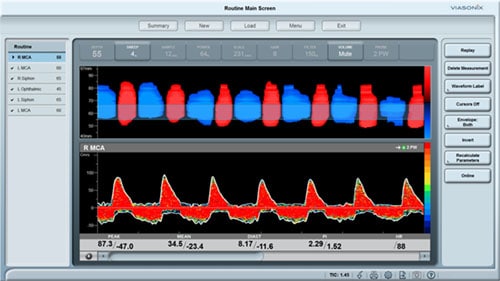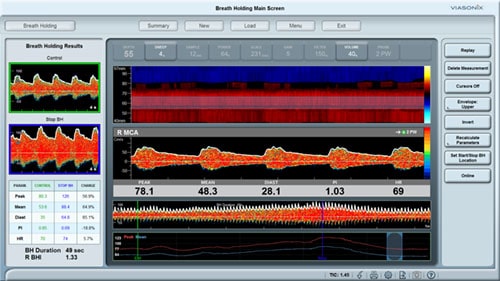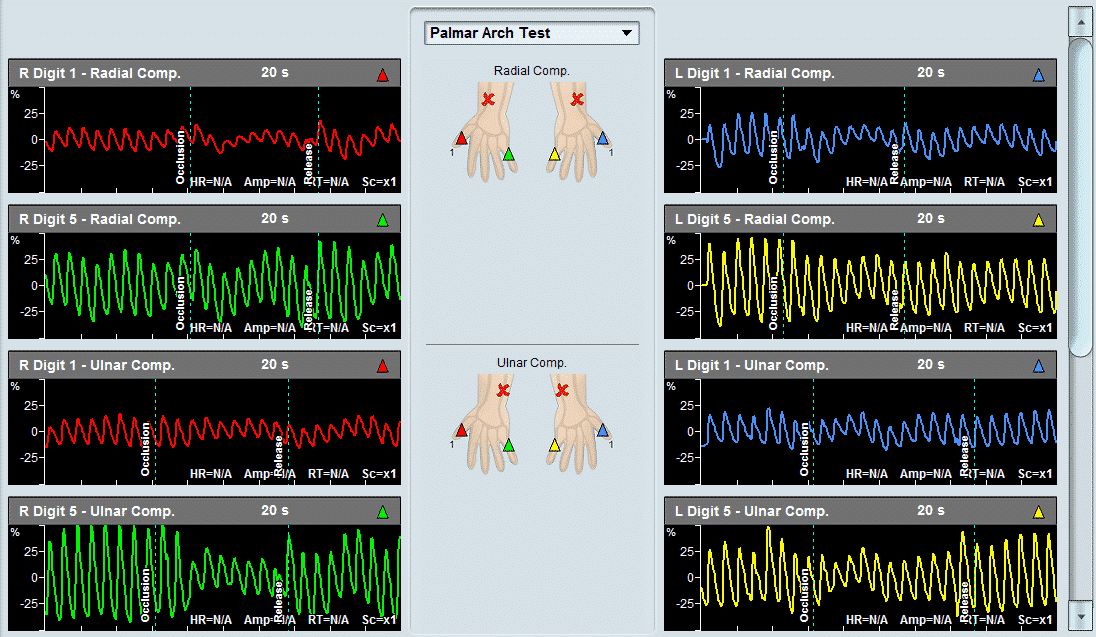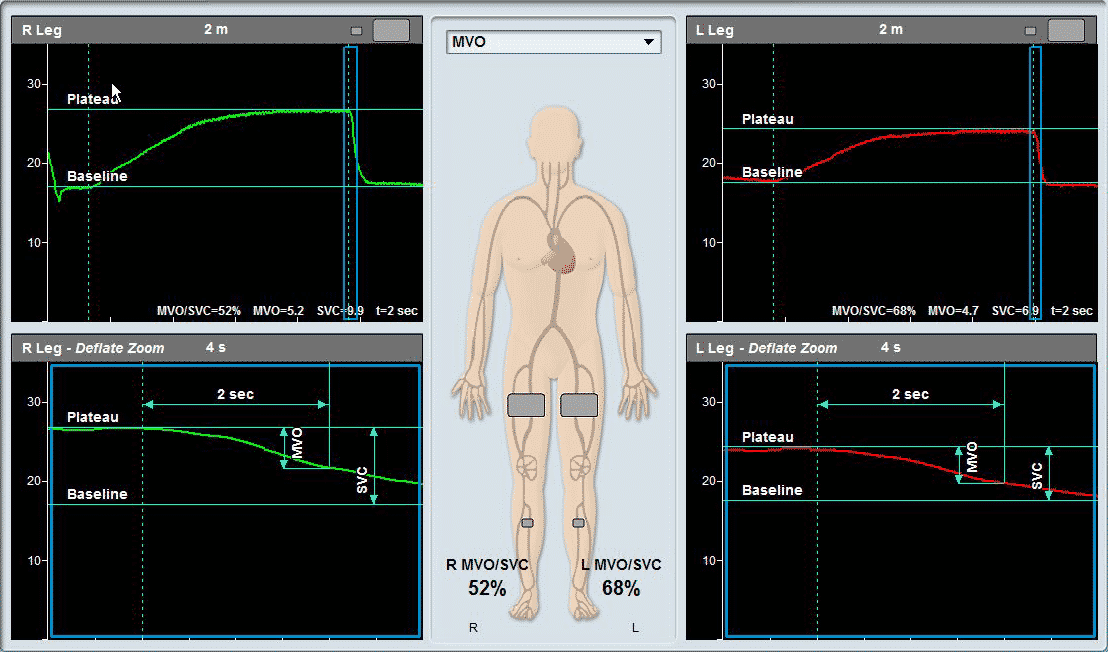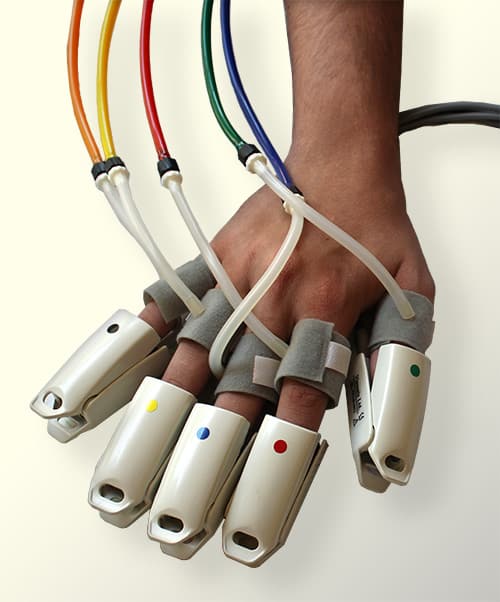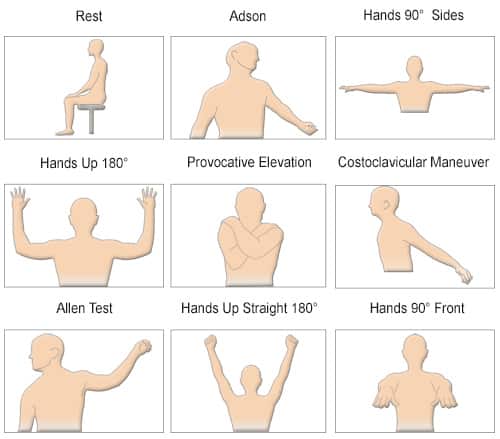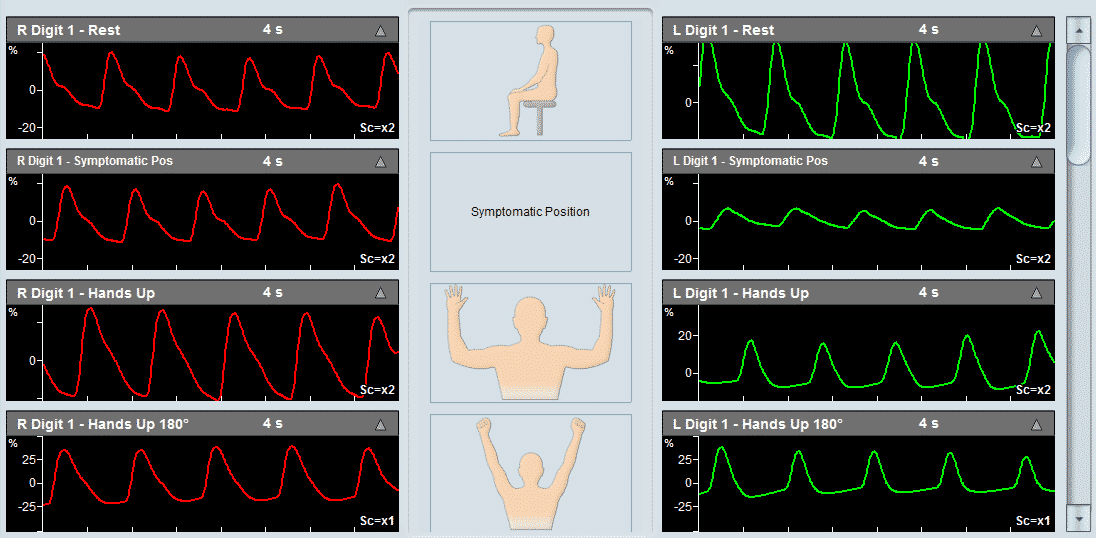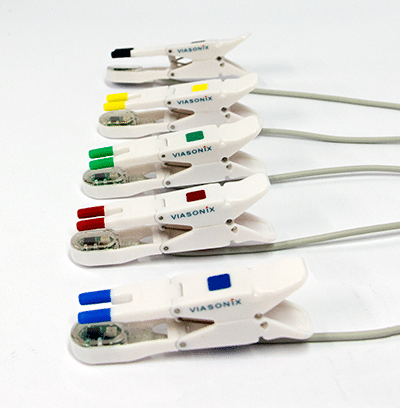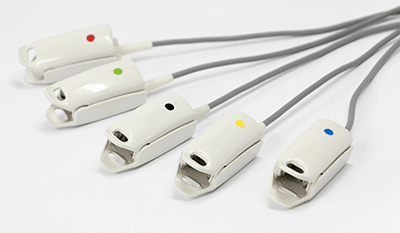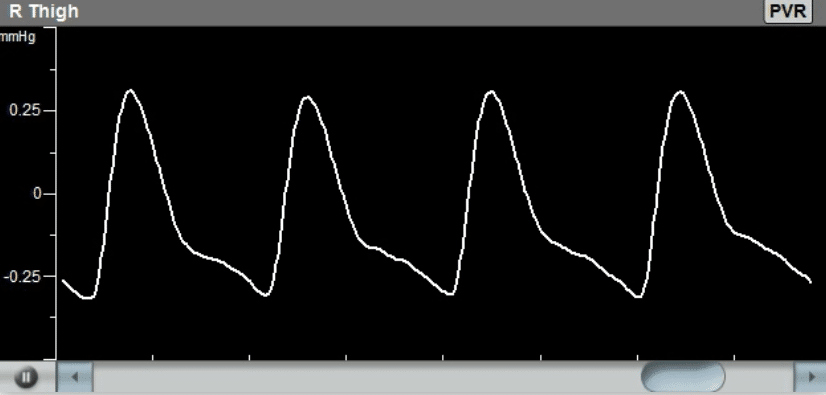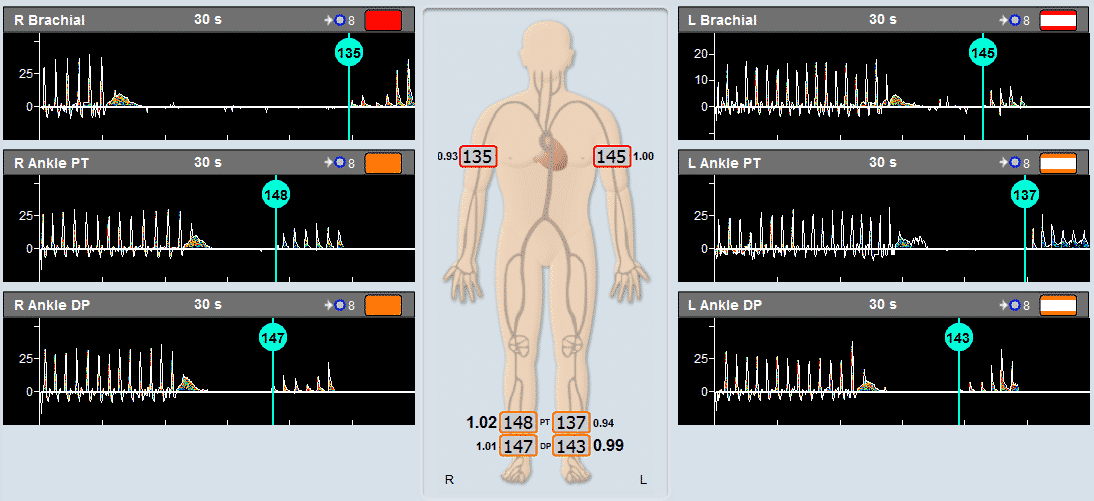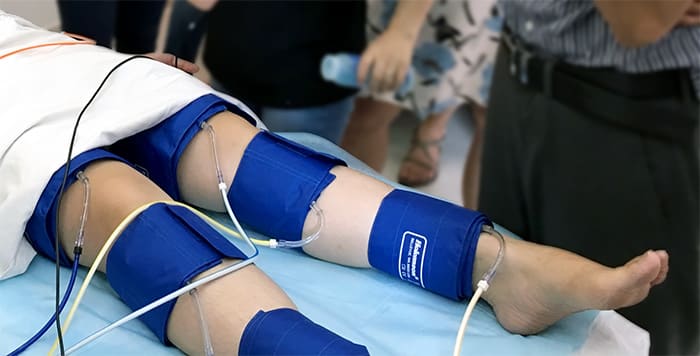What is Toe Brachial Index?
The Toe Brachial Index (TBI) is defined as the ratio between the systolic blood pressure in the right or left toe and the higher of the systolic pressure in the right or left arms.
TBI is a common vascular physiologic assessment test, which is taken in order to determine the existence and/or severity of peripheral arterial disease (PAD) in the lower extremities. TBI is frequently a complementary measurement to the ABI (Ankle Brachial Index) test, or it is performed when the ABI cannot be measured or if it is unreliable. TBI measurements are fast, simple, non-invasive, and painless.
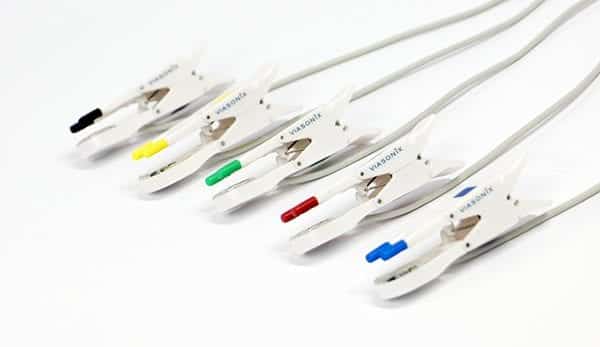
The TBI measurements in the right/left toes are often taken if the ABI measurements are high (for example, above 1.3) or if the ankle’s arteries are determined as incompressible when measuring the ABI. While the ABI measurement can become unreliable when arterial stiffness increases, the TBI is less susceptible to vascular stiffness. This distinction is because an important characteristic of the digit or toe arteries is that they usually do not calcify, and therefore do not have increased vascular stiffness. Thus, the TBI is a valuable diagnostic tool when the blood vessels are stiff or incompressible, as may be the case, for example, when diagnosing diabetic patients.
How to Measure Toe Brachial Index
Measuring the TBI is fast and simple. A toe/digit pressure cuff is wrapped around the measured toe, and a sensor, normally a Photoplethysmograph (PPG) sensor, is placed on the toe distally to the pressure cuff. In some special cases also a Doppler measurement can be made instead of the PPG measurement.
The toe pressure cuff is then inflated until the distal PPG signal flattens, indicating total arterial occlusion.
The pressure cuff is then deflated in a controlled manner, and the pressure at which the phasic PPG waveform reappears is determined as the systolic pressure.
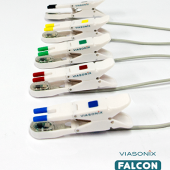
PPG Sensors
Secondary Method of ABI Assessment

Inflatable Cuffs
High quality available in a variety of sizes
Using the Falcon for TBI Measurements
The Falcon is designed to allow completing the TBI diagnosis in a fast and straightforward manner. All that is required is:
- Wrap the toe/digit cuff around the toe of interest.
- Place a PPG sensor distal to the cuff on the tip of the toe.
The Falcon provides a variety of PPG sensors that can be used to meet particular needs:
- The fingerclip PPG sensor can be used for the digits or long toes,
- The toe clip PPG sensors can be used for rapid sensor placement on the toes, and
- In short toes with limited space distal to the pressure cuff, the disk PPG sensor with a special adhesive sticker can be placed on the tip of the toe.
The Falcon allows performing pressure measurements in up to 5 separate toes simultaneously. For example, this will enable us to complete the right and left toe pressure measurement bilaterally to save examination time.
In the special cases where Doppler is selected for the TBI test, the Falcon allows selection from a range of Doppler probe frequencies, including the 10MHz probe for superficial penetration. All PPG sensors, probes, and pressure tubes are color-coded to allow optimal user interface and correlation with the dedicated software. The user can easily change the target inflation pressure, as well as the deflate rate and various other parameters for optimal measurements.
The TBI index appears in the examination report. If multiple toes are measured in each foot, then the separate pressure index of each measured toe is clearly displayed on the screen and included in the report.
The Falcon supports many other options and features which are designed to simplify the use of the Falcon TBI physiologic diagnostic system in a fast and efficient way. One such feature is displaying the “average” PPG waveform, which is a function of total blood flow, rather than showing only the phasic waveform. This additional curve provides a valuable supplementary criterion when determining the systolic pressure, particularly in a noisy environment.
Once the distal PPG (or Doppler) waveform reappears during the pressure cuff deflation phase, the measurement can be stopped, and the Falcon places a cursor to mark a potential systolic pressure. The user may move the cursor to a different location, and the systolic pressure is changed accordingly. R/L TBI values are calculated automatically by the Falcon system and presented clearly on the screen and in the report layout.
Expected Results
Although the pathologic TBI criteria are still somewhat ambiguous, a common TBI normal values range, such as presented in this study, is shown in the table below.
| Range | Common Diagnosis |
|---|---|
| TBI ≥ 0.7 | Normal |
| TBI < 0.7 | Abnormal |
Specifically, TBI < 0.7 is associated with claudication, and a TBI < 0.2 is associated with pain at rest.
The absolute systolic toe pressure is also an important diagnostic parameter. A normal toe pressure is about 30 mmHg less than the ankle pressure. A systolic toe pressure of less than 30 to 50 mmHg suggests chronic limb ischemia, according to the recommendations of the TASC group. A TBI value less than 0.5 suggests proximal arterial disease of moderate severity, while an index less than 0.2 and toe pressures less than 30 mm Hg are consistent with critical ischemia and poor potential for healing.

